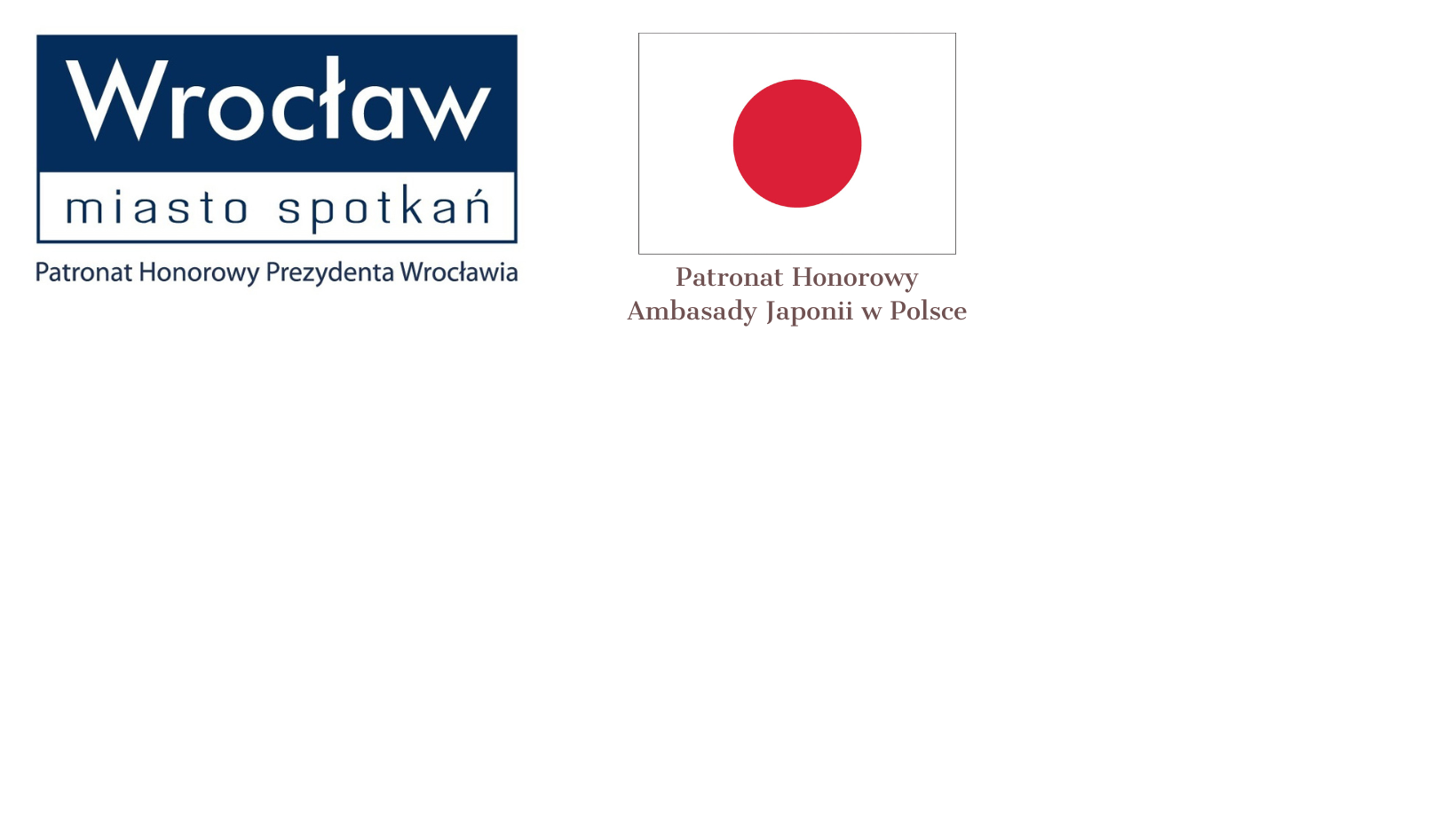Kimono, ‘something to wear’
21.07.2023 — 26.11.2023
Henryk Tomaszewski Museum of Theatre
pl. Wolności
Wrocław
Wednesday-Saturday 11:00 — 17:00
Sunday 10:00 — 18:00
Kimono, literally ‘something to wear’, brings together key features of Japanese culture: by matching the outfit to a person’s status, it demonstrates hierarchy; by matching the occasion and season, it demonstrates the contextuality so typical of Japan. It combines sophisticated and unique designs with simplicity and standardization of cut. Above all, however, it surprises with the durability of cultural patterns, and even if in modern times it has become a dress for special occasions only, it is still not only present, but also creatively developed. It is typically Japanese to incorporate foreign elements into the cultural pattern, so in modern kimonos we find weaving techniques, dyes, patterns and accessories assimilated from the West.
The exhibition of kimonos presents a challenge – after all, we are showing items commonly available in Japan. Although the prices of new kimonos can be dizzying, Japanese homes store tens of millions of kimonos that appear on the secondary market. Every year, tens of thousands more kimonos and countless accessories worth some 5 billion are produced in Japan using traditional methods.
Among the 30 kimonos and 100 accessories on display from the collection amassed by the Nami Foundation over the past 10 years, there are no uniques. Most of the exhibits date back to the 20th century. Their value is determined more by the people of our Japanese teachers and friends, who donated the first sets to the foundation and introduced Alicja Krzywda-Pogorzelska, curator of the exhibition, to the secrets of kitsuke, or the art of putting on and wearing a kimono.For although in kimonos and beautiful obi belts we can admire the ornate fabric itself (at the exhibition we will see quite a few pieces spread out on hangers), what is crucial to understanding Japan is their cultural context: the way they are put on, how the elements of the outfit fit together, and the whole according to age, position, circumstances and season.Different from the Western tradition, the desired female silhouette resembles a column, and a bit of frivolity is achieved by exposing a piece of the neck at the back.Over a dozen mannequins will show children’s, women’s and men’s sets selected to present at least the basic types of kimonos suited to the most typical circumstances.We’ll see festive children’s outfits with the addition of a hifu vest and hakama skirt-like pants; colorful furisode for ladies demonstrating long decorated sleeves; single-colored, delicately decorated iromuji – ideal for a tea ceremony.
We’ll walk the path of increasing formality of women’s costumes from tsukesage to hōmongi to irotomesode and end with an impressive uchikake for the bride and one combining the colorfulness of the design with the elegance of a black background kurotomesode, appropriate for her mother.
The cut of the kimono is tailored to the way one moves, but also somehow dictates the way one walks, sits and bows – different for men and women.It is these movements and gestures, often more than mere knowledge of the language, that allow us to immerse ourselves in Japanese tradition.
